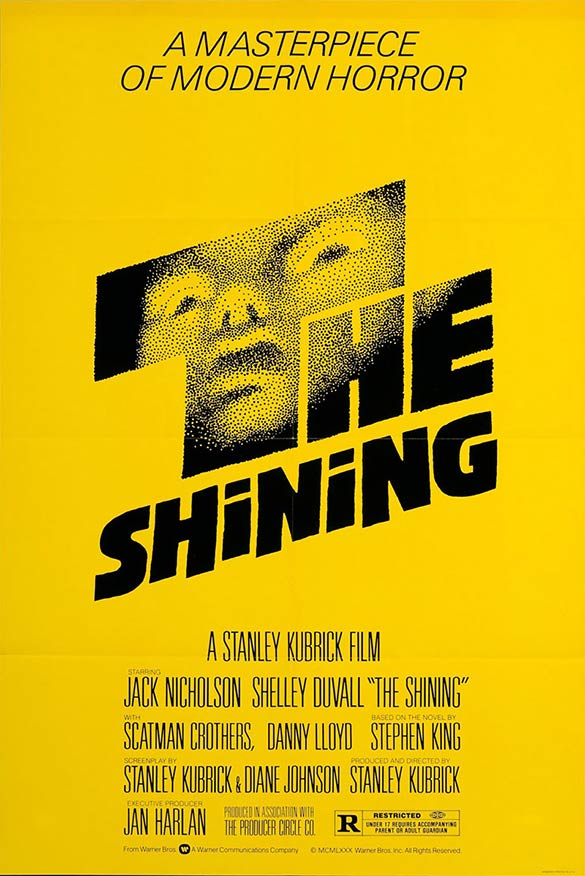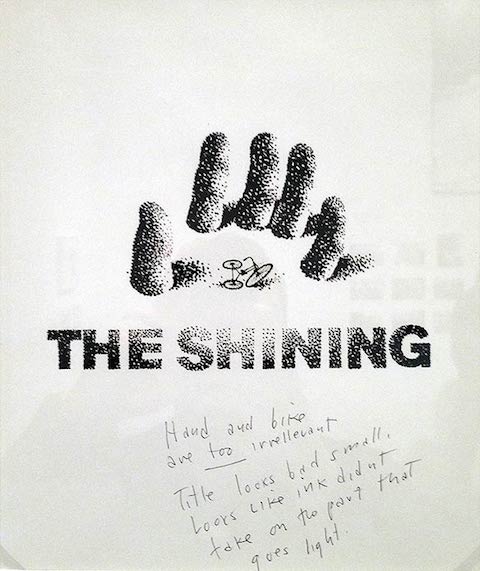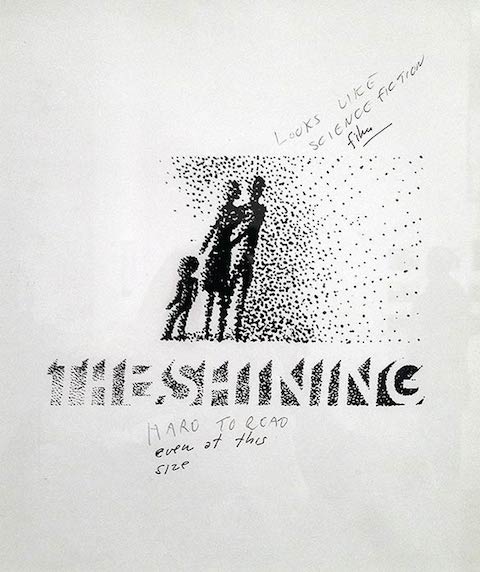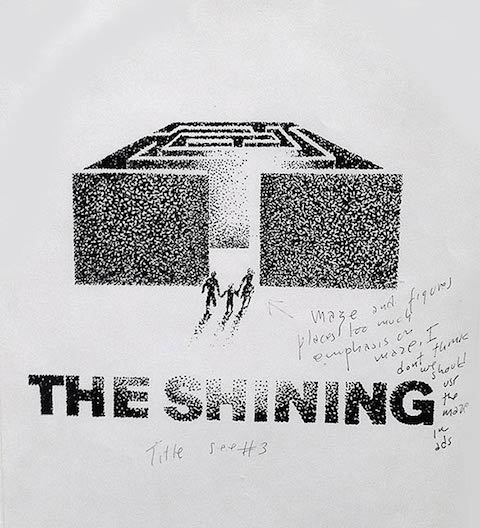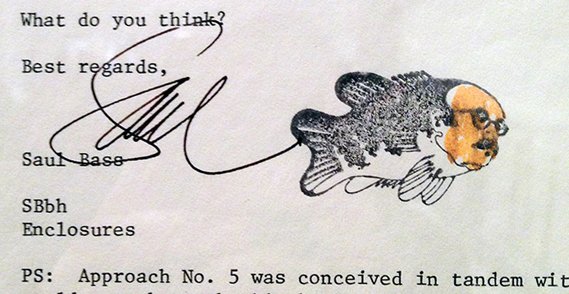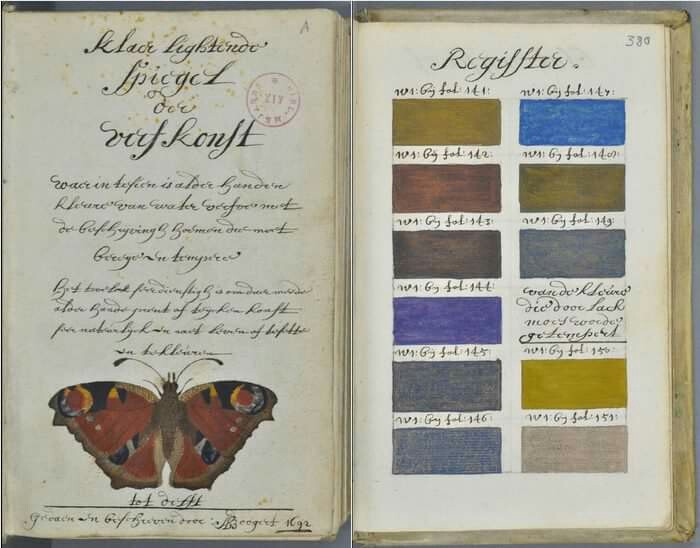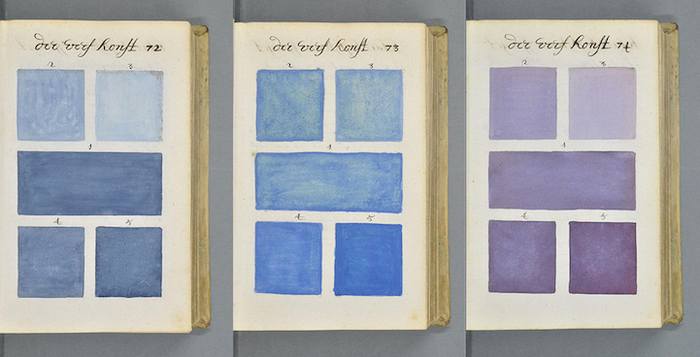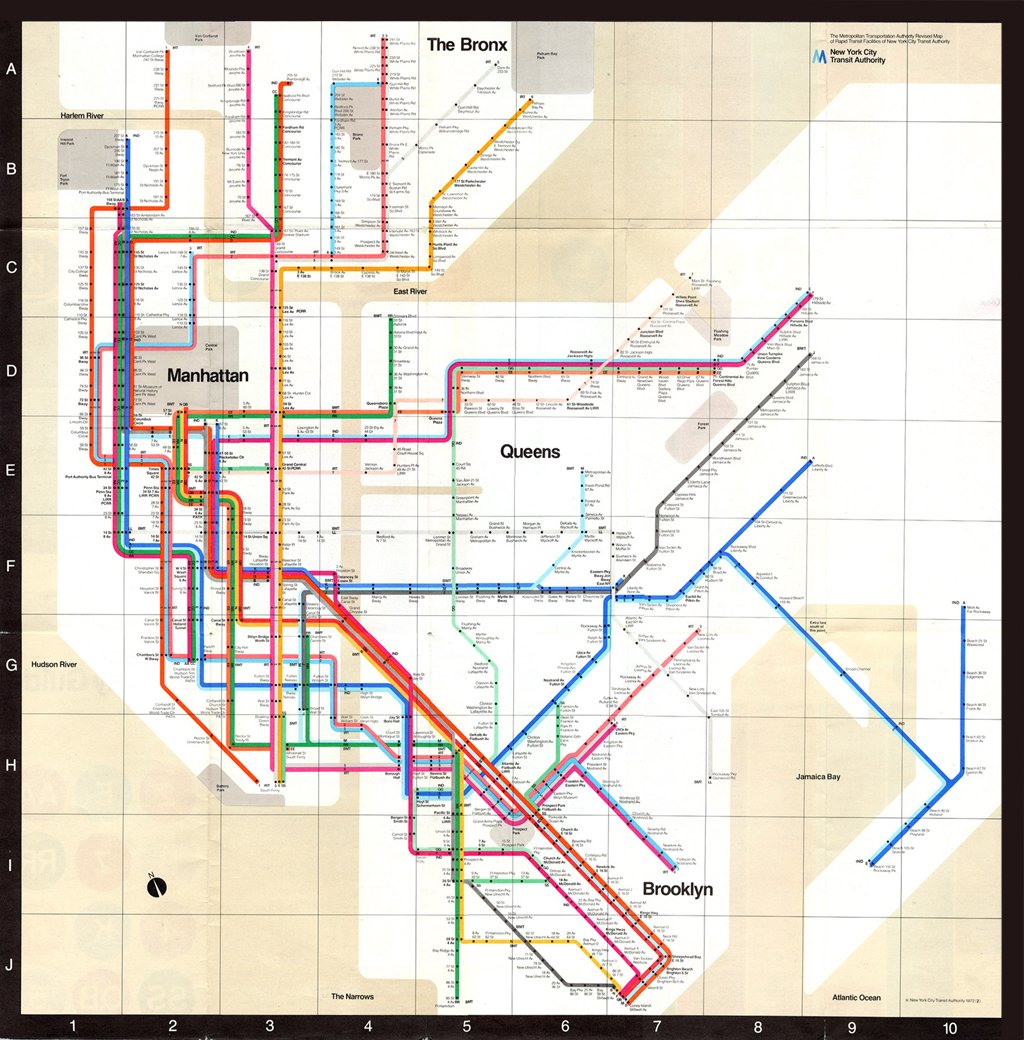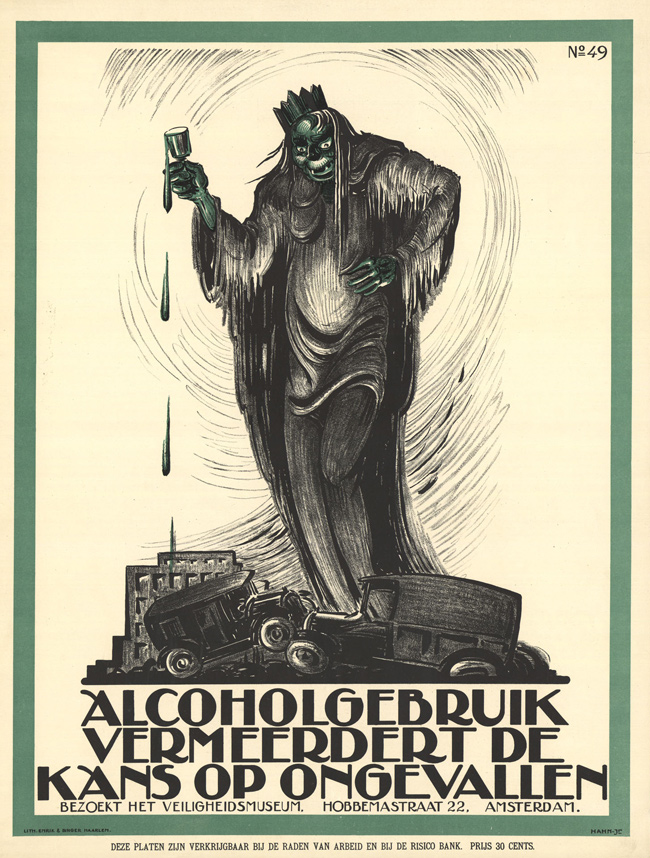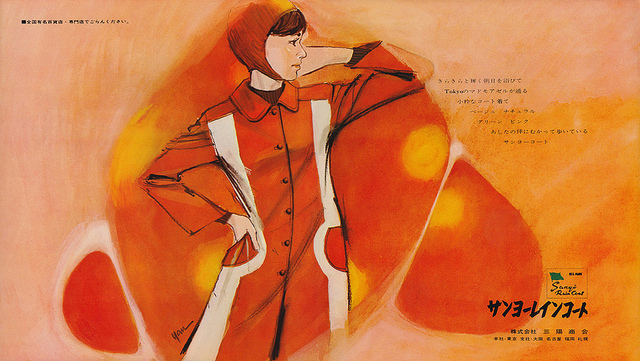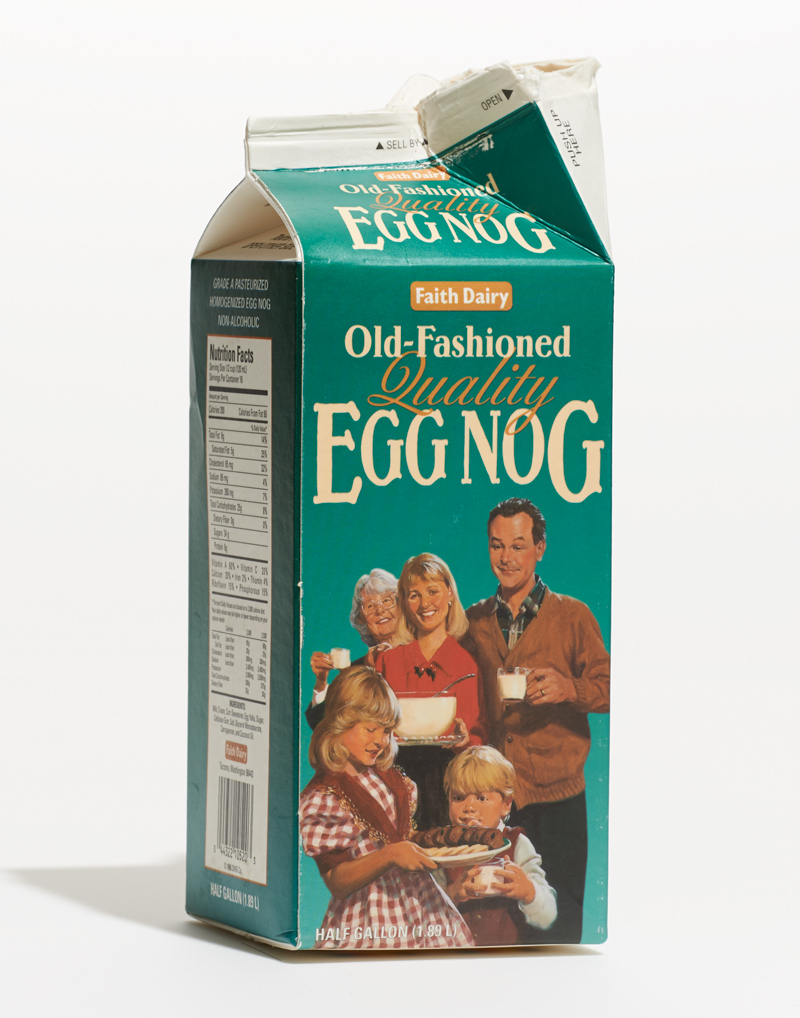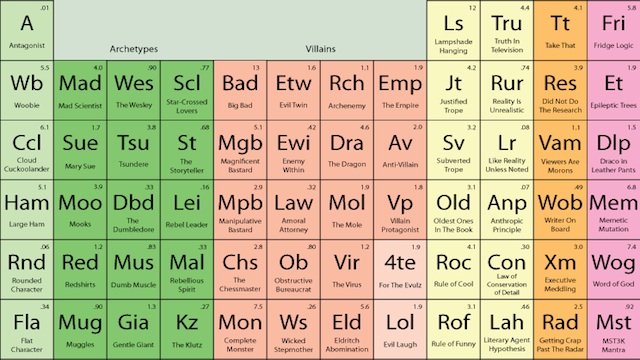Living in Los Angeles, I suppose I could go up and have a look (albeit a distant one) at Charles and Ray Eames’ Eames House any time I like. But I’ve never got around to visiting that most notable of all works of midcentury modern California architecture, since I have another example of their era- (and coast-) defining design much closer at hand. Whenever I look to my left, I see an Eames’ Lounge Chair — not my Eames Lounge Chair, per se, but the one my girlfriend brought with her when we moved in together. Much more than the sum of its molded plywood and leather parts, the Eames Chair made even more of a mark on the design sensibility of the 20th century than did the Eames House. Could the Eamses themselves have known, when they first rolled it out in 1956, that the chair would remain unsurpassed in its furniture niche more than 55 years later? Watch them debuting the Eames Chair on TV, to Home Show host Arlene Francis, and see if you can read it between the lines.
We first see the Eames Chair only in silhouette — but already we recognize it. “Well, that is quite a departure, Charles, and it looks wonderfully comfortable,” says host to designer. He takes the question quite literally: “It’s rosewood, plywood, and it’s black leather, and its insides are all feathers and down. I think it’d be a better idea if we would just build it for you right here.” We then see a short film, produced in a combination of live action and stop motion, showing the complete assembly and subsequent disassembly of an Eames Chair. It also includes the packing of its parts into a box with the logo of Herman Miller, the company for whom the Eames originally designed it, and one that, so Charles says, allowed them seemingly complete aesthetic independence, dependent on no specific market or season. Hence the range of timeless Eames-designed chairs displayed on the segment that reveal the design evolution leading up to the Eames Chair itself, the most timeless of them all. “You really create your own market, don’t you?” Francis asks. Charles remains modest (and Ray has already exited stage left), but on some level must have understood that every important designer does just that.
More than a half century later, you can still buy your own Eames Chair and Ottoman at Herman Miller.
Related Content:
Charles & Ray Eames’ Iconic Film Powers of Ten (1977) and the Lesser-Known Prototype from 1968
Ice Cube & Charles Eames Revel in L.A. Architecture
Colin Marshall hosts and produces Notebook on Cities and Culture and writes essays on cities, language, Asia, and men’s style. He’s at work on a book about Los Angeles, A Los Angeles Primer. Follow him on Twitter at @colinmarshall or on Facebook.
